Video games largely resolve around the premises of doing or feeling things and expressions, which your real-life self cannot ─ mentally, physically, financially. I explicitly don’t state emotions like fun and amusement because there are plenty of serious games, leading me to respectfully disagree, whenever “joy” is listed as a mandatory asset of video games. You can feel relief when your band of broken refugees survives another night in This War of Mine. However, this short burst of endorphins immediately dissipates, making way for anxiety when someone knocks on the door of your hideout. And yet, despite the apparent absence of “fun”, there aren’t many people disagreeing with the fact that This War of Mine is a great video game.
Escapism is another term that is very ambivalent in nature and often coined in discussions about video games. Commonly attributed with the positive notion of leaving behind the daily struggles to find moments of relaxation in another world, it also comes with the stigma of neglecting your real-life duties, essentially ignoring your problems to fight anxiety with delusion. I’m bringing up this introduction as a stage to settle the audience in the right mood before the main subject of today’s article: Second Life.
The amount of escapism offered in a game that is literally framing itself as a new, a different, “a second life”, should be quite hard to challenge. Yet it provides its players more possible connections to the real world than anyone could anticipate. In fact, players of Second Life aren’t players but residents and many of them don’t refer to their world as a video game but a virtual experience, social playground or online multimedia platform, with their very own landmarks, companies and even a unique currency: the Linden Dollar.
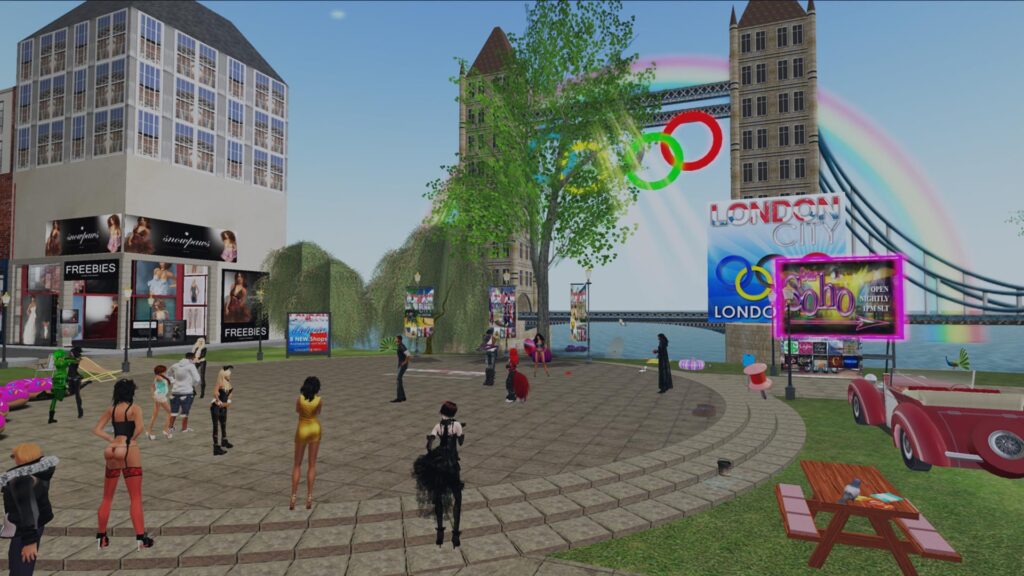
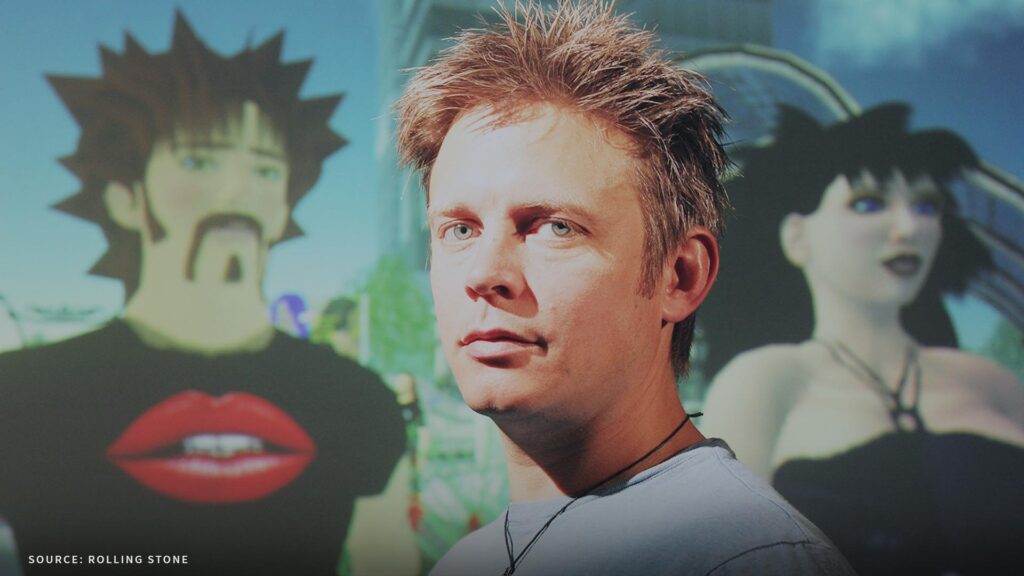
Although launched in 2003, Second Life is far from being an afterthought of a different era with a daily average of 200.000 users and a median of 30.000 concurrently active players (check inworld). The creator, Philip Rosedale, always intended to build a playground for self-fulfillment without any plot devices or manufactured conflicts, doubling down on the idea that Second Life is not, or only partially, a game. What started as an idea is now a fully-fledged world with approximately 31.000 regions, hosted by 8.000 servers on the main grid “Agni”. In the real world, the size of one such region would be 256×256 m, or 65,536 m².
From its inception, Second Life was designed as a virtual world where users could interact with each other through avatars. Residents could explore the world, meet other residents, socialize, participate in individual and group activities. Since then, the idea of creating, owning, and selling property and items has been a fundamental aspect. The platform’s virtual economy allows users to buy, sell, and trade virtual items and property using the in-game currency called “Linden Dollars”. This virtual currency can be bought with real money and can also be converted back into real-world currencies.
In 2022, Second Life reached a GDP of 650 Million “real” Dollars. This rivals the GDP of small states and showcases how much entrepreneurship, artistic force and, simply speaking, work went into the world of Second Life. Back in 2006 and 2007, the platform reached its peak in media coverage and attention. Companies like IBM, Toyota, Adidas or Dresdner Bank explored the unknown virtual world, looking for marketing opportunities online, akin to the idea of the metaverse that many people share today.
However, the excitement didn’t last long, due to the nature of a game that fosters creativity in an online ecosystem. As commented in this documentary, it wasn’t just enough to put your company’s name into the world; residents weren’t looking for objects that would draw their attention out of the online world. Instead, the in-game economy rewarded genuine ideas and marketing. In 2008, there even was a bank crisis, basically forcing developer Linden Labs to shut down all banks, just to prevent more financial harm done to their community.
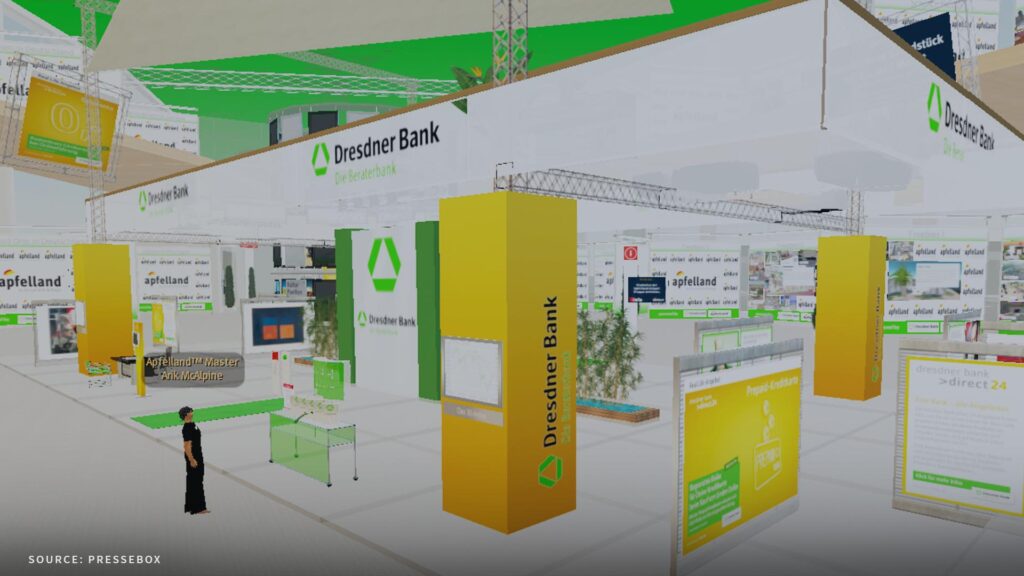
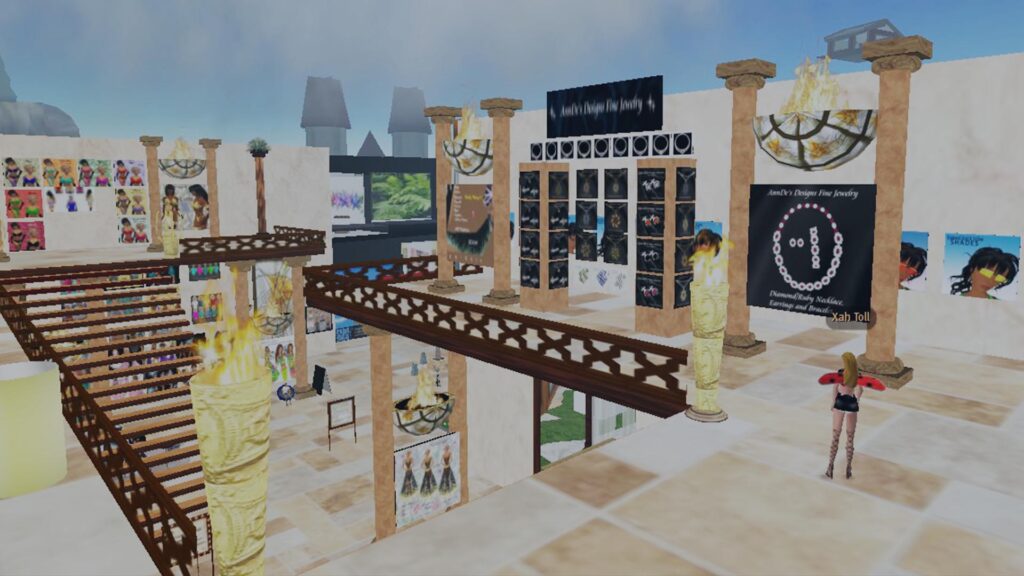
The world of Second Life hosts everything you could imagine and then some. This might explain why people would go online just to start working again, which, for many, is a very relatable sentiment. People who have never been a resident but played their fair share of mmorpgs throughout the years, find it surprisingly enjoyable being a craftsman. Creating and selling things to other players, learning a craft on- and offline, depending on the work in question, can be two very distinctive things, but it often involves a very different kind of skill set. But, in the world of Second Life, there are no real entry barriers besides the amount of time you’re willing to spend.
The number of assets that were created, and therefore are hosted online, is unfathomable. However, it was enough to let Linden Lab completely migrate their services to AWS, which was completed in 2020. Not only would this empower a smoother in-world experience but also serve as a new working basis for Linden Labs side project Sansar, basically a Second Life with full VR integration. Prior to the creation of their online world, Linden Lab actually tried to manufacture a new virtual reality rig but scrapped this idea due to high costs.
The platform was eventually opened to the public with a “creator beta” launch. Later, Sansar partnered with the music label Monstercat to introduce live virtual reality entertainment. However, challenges arose, leading Linden Lab to search for a new owner, eventually selling the platform to Wookey Project Corporation. Despite initial event successes, Wookey faced obstacles like limited funding and internal disagreements. In the end, Sansar’s assets were acquired by Sansar Inc., with the new leadership expressing a vision to prioritize and empower content creators in the Metaverse.
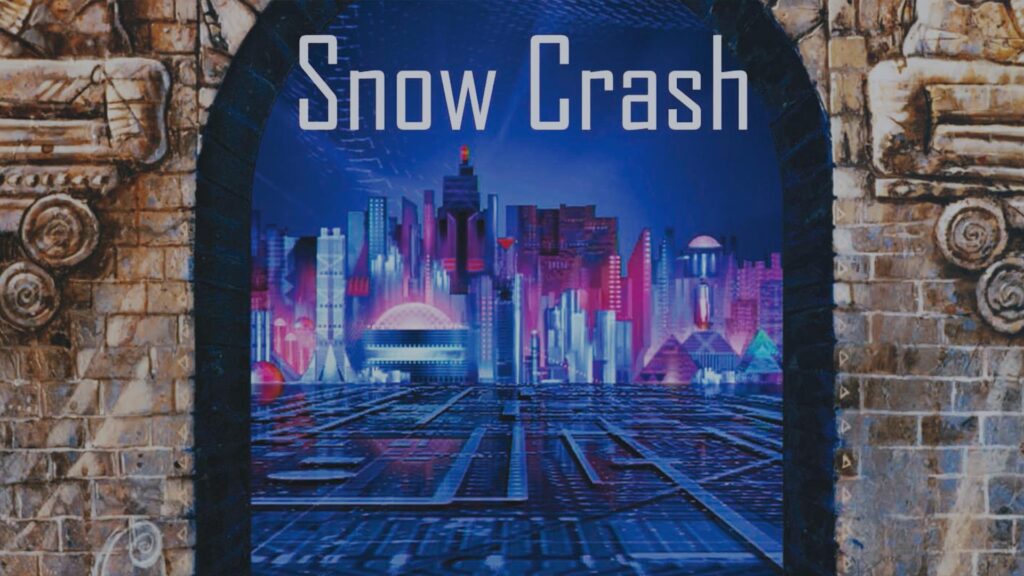
Although losing media traction, Linden Labs implemented new features for residents and creators, and updated the graphics systems of Second Life, giving the forerunner of the Metaverse an updated appeal. Clearly, Linden Lab weren’t the first who came up with the idea of an online realm that would mirror our real world ecosystem. The term “Metaverse” comes from the science fiction title “Snow Crash”, written by Neal Stephenson in 1992. In the novel, humans, as avatars, interact with each other and software agents in a 3D virtual space.
Philip Rosedale himself was partially inspired by this idea but he also cites his impressions at the famous Burning Man festival to be majorly influencing the vision of a space for everyone, without borders. Second Life became one of the first platforms that allowed users to create, customize, and control their own virtual environments and avatars. It provided a tangible glimpse into what a metaverse could look like. Today, the vision of the metaverse has expanded and evolved with technological advancements.
Companies like Meta, Epic Games, and others are investing heavily in the idea, integrating augmented reality, virtual reality, and other technologies on other platforms. Second Life has become the odd one out, especially when people falsely classify it as a video game. This might sound paradoxical, looking at the amount of open world games that have been released to great success in recent years. However, for some players, these games already offer too many options, which in turn lead to a well-known symptom called choice paralysis.
Second Life’s overwhelming array of tools and options is known to either scare or confuse new residents. Also, as it is not a video game but an experience classified in the title itself, your choices never end. It is unlikely Linden Lab decides to change any of this in the foreseeable future, but they don’t necessarily need to. The impact Second Life had and still has on a cultural level and, as paradoxical as it might sound, on the video game industry, is well documented.
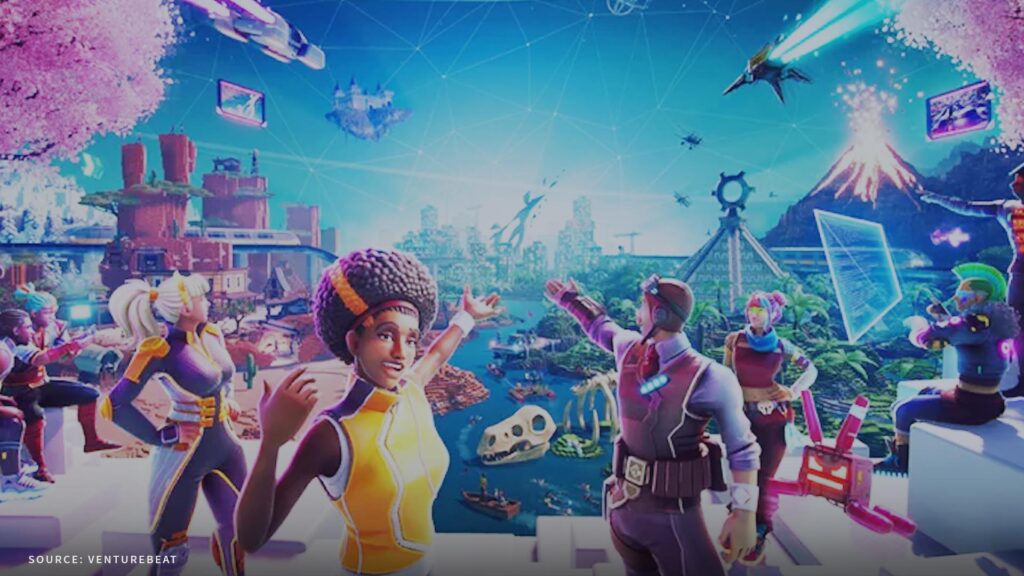
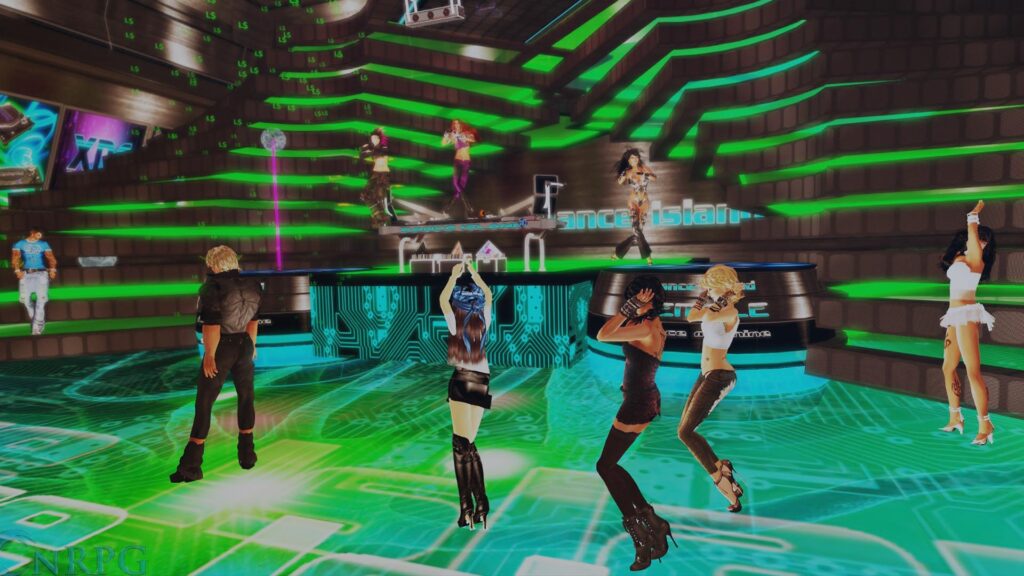
The platform became a hub for artists, educators, and entrepreneurs, leading to the emergence of virtual concerts, classes, and commerce. It also sparked discussions on digital identity, with users exploring different facets of their personalities through avatars. The concept of virtual real estate and economy in Second Life prompted debates on the value and rights associated with digital assets. Furthermore, it became a space for various subcultures, communities, and social experiments, reflecting and influencing real-world cultural dynamics.
Instead of structured objectives or narratives, it offered an open-ended, user-driven experience that inspired the industry to explore more player-centric designs. The platform’s virtual economy set precedents for other ─ real ─ games to incorporate similar economic models. Lastly, the emphasis on user-generated content highlighted the potential of community-driven game development, leading to a greater focus on modding tools in other games.
As one of the pioneers in virtual worlds, Second Life has seen technological shifts and changing user preferences for nearly two decades and its appeal lies in the rich user-generated content, dedicated communities, and a virtual economy. In the coming years, the platform might need to innovate further to stay relevant but Second Life remains an intriguing blend of uncertainty and potential.

















